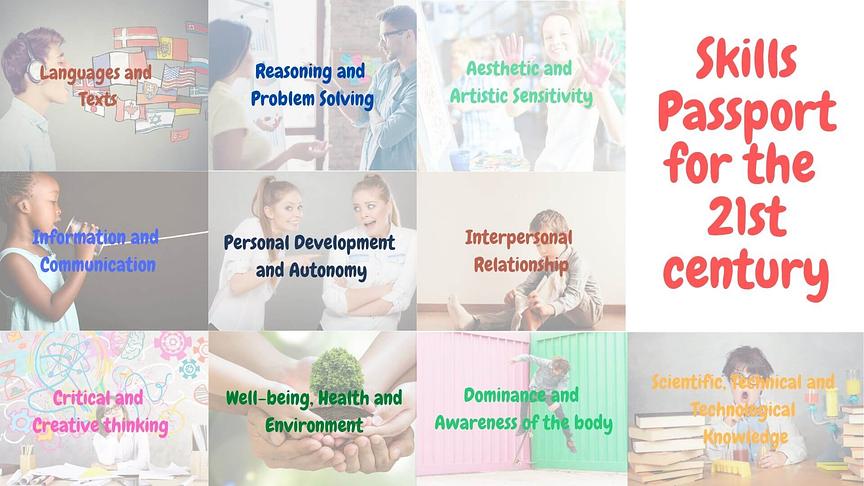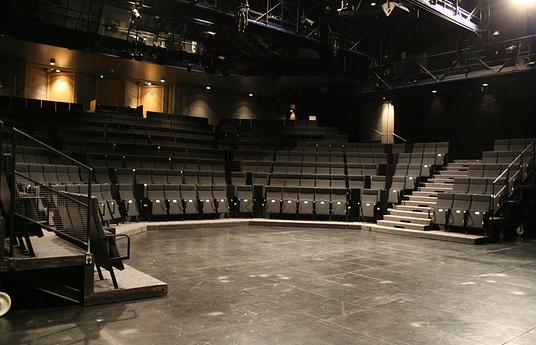Pedagogical practices should be oriented to help students develop a certain profile throughout their academic life. However, as the competences necessary for success in work are not quantitatively certified by schools, they aren’t given the necessary importance. Furthermore, assessing only acquired knowledge doesn’t consider the individuality of each student or the challenges of our global world.
Since 2017, portuguese schools follow the Perfil Aluno à Saída da Escolaridade Obrigatória (oficial document). This document is based on 10 areas of competences (languages and texts; information and communication; critical and creative thinking; reasoning and problem solving; scientific, technical and technological knowledge; interpersonal relationships; personal development and autonomy; well-being, health, and environment; aesthetic and artistic sensibility and body awareness).
A support platform was created for teachers to have a guide with criteria for the acquisition of each competence. The criteria was adapted to the different school years and allows teachers to monitor and manage student learning, and the curriculum more effectively. It also allows students to have their individuality abilities recognized and recorded in a document. Since the key competences for the 21st-century are largely the same for all European Union countries, its use could be extended to other countries.
Over the past 6 years, this pedagogical innovation has been tested and improved at the end of every academic year, with input from all the students and teachers who used it.
It has also been presented as a best practice in different meetings, lectures, and national and international seminars, to be disseminated and used in as many schools as possible.
The more widespread the platform and its use becomes, the easier it will be to create a 21st-century skills passport that is globally accepted and that can serve as an addition to the curriculum vitae of the youth. This implies a common agreement on the key competencies and then the operationalization and adaptation of these competencies to each country's programs.
1-look at the students' profile of competences of your country. If there isn’t one, look at international profiles (eg. World Economic Forum). 2-define the criteria for each competence and define the different proficiency levels. 3-adapt the operationalization of competences to each school year as well as the assessment criteria. 4-create a Passport of Competences to be assigned to the students.



